Invasion and persistence of Mycoplasma bovis in embryonic calf turbinate cells
- PMID: 25976415
- PMCID: PMC4432498
- DOI: 10.1186/s13567-015-0194-z
Invasion and persistence of Mycoplasma bovis in embryonic calf turbinate cells
Abstract
Mycoplasma bovis is a wall-less bacterium causing bovine mycoplasmosis, a disease showing a broad range of clinical manifestations in cattle. It leads to enormous economic losses to the beef and dairy industries. Antibiotic treatments are not efficacious and currently no efficient vaccine is available. Moreover, mechanisms of pathogenicity of this bacterium are not clear, as few virulence attributes are known. Microscopic observations of necropsy material suggest the possibility of an intracellular stage of M. bovis. We used a combination of a gentamicin protection assay, a variety of chemical treatments to block mycoplasmas entry in eukaryotic cells, and fluorescence and transmission electron microscopy to investigate the intracellular life of M. bovis in calf turbinate cells. Our findings indicate that M. bovis invades and persists in primary embryonic calf turbinate cells. Moreover, M. bovis can multiply within these cells. The intracellular phase of M. bovis may represent a protective niche for this pathogen and contribute to its escape from the host's immune defense as well as avoidance of antimicrobial agents.
Figures
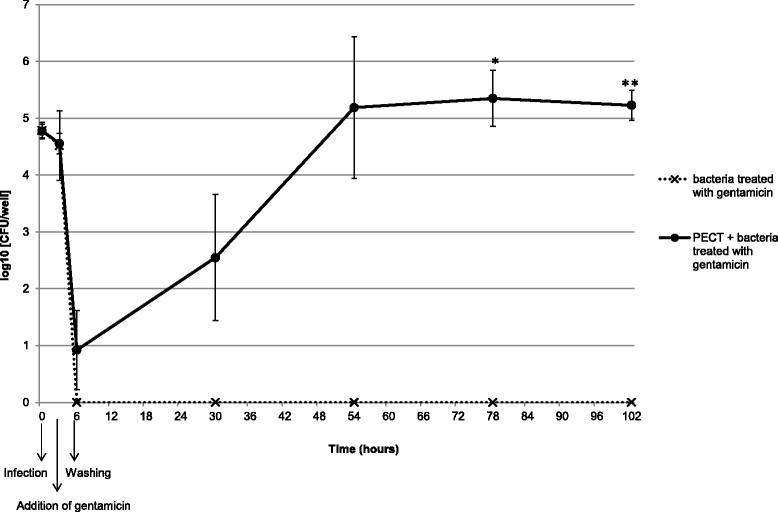
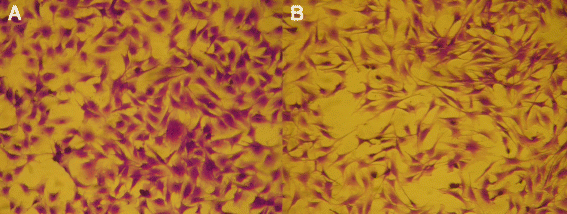

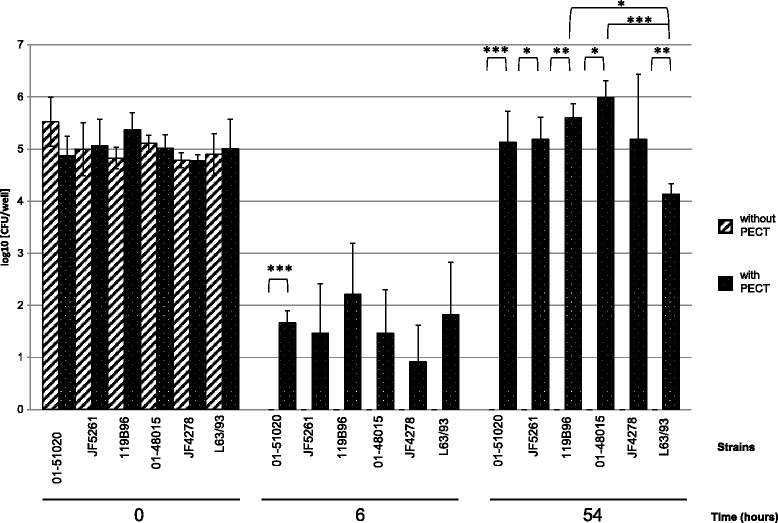
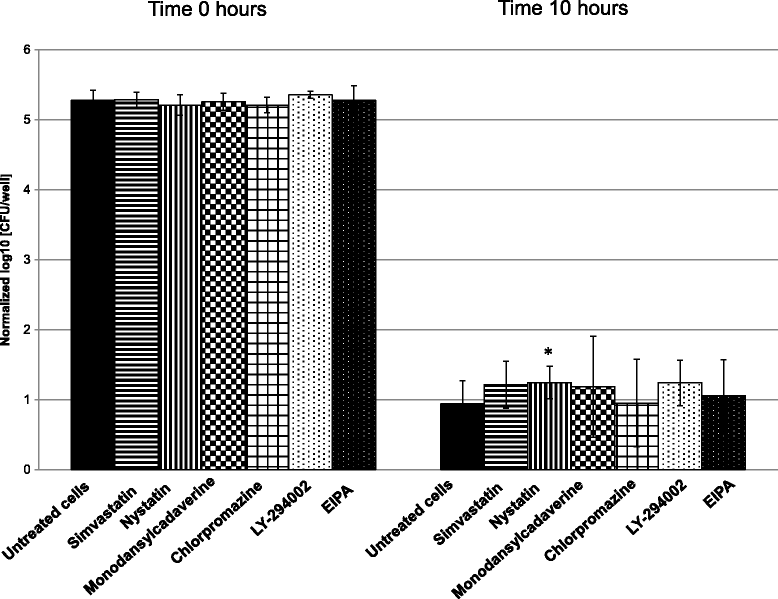
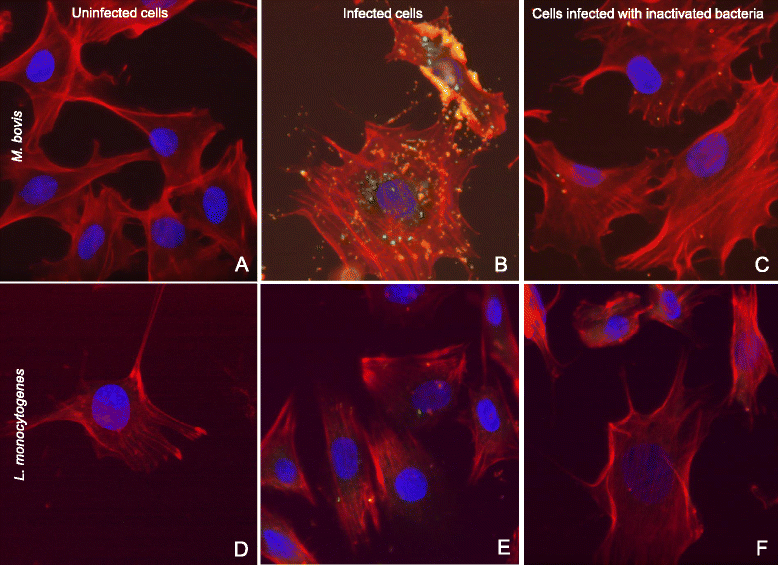
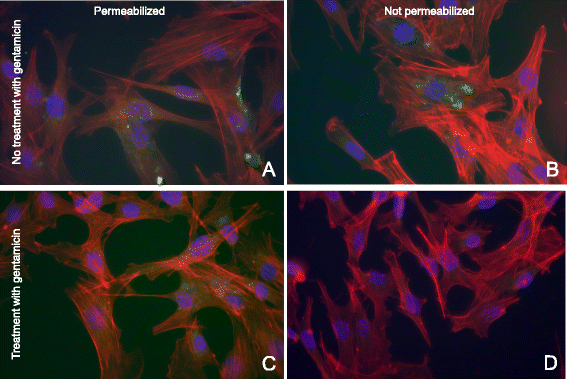
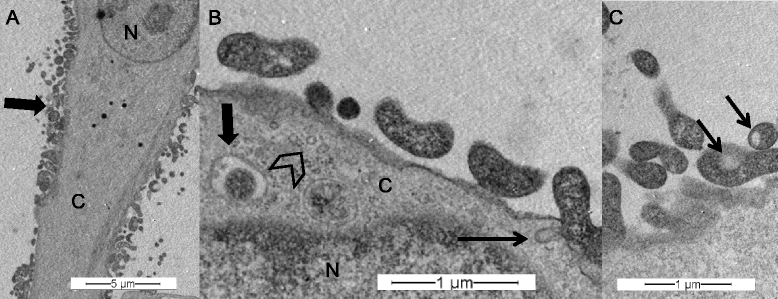
References
-
- Stipkovits L, Rosengarten R, Frey J. Mycoplasmas of ruminants: pathogenicity, diagnostics, epidemiology and molecular genetics. Brussels: European Commission; 1999.
-
- Pfützner H, Sachse K. Mycoplasma bovis as an agent of mastitis, pneumonia, arthritis and genital disorders in cattle. Rev Sci Tech. 1996;15:1477–1494. - PubMed
Publication types
MeSH terms
LinkOut - more resources
Full Text Sources
Other Literature Sources

